Dear Editor,
The otherwise excellent article, “Destroyer Matchup at Kula Gulf,” is marred by the conclusion that this was a “clear American victory.” In terms of what each side was trying to accomplish, the Japanese accomplished all their aims and the Americans accomplished none. In terms of materiel, it was probably a draw. In terms of control of Kula Gulf, nothing changed. All quotations below are from the article itself.
The Japanese aim was to “begin moving ground troops … to Kolombangara. The American goal was “to divert Japanese troops from the main battle before Munda, and to block the flow of Japanese reinforcements … via Kolombangara.”
The narrative does not make clear whether any Japanese troops were diverted from the main battle due to the American bombardment of Japanese positions on Kolombangara. No return fire on the American light cruisers and destroyers was reported. Therefore, distraction or diversion of troops was probably minimal to nonexistent. As to the second American goal and main Japanese goal, the article makes clear that all Japanese ground troops intended for Kolombangara arrived there. Thus, the Japanese accomplished what they wanted and the Americans didn’t.
In the process, the Japanese lost two destroyers (the Niizuki and Nagatsuki) vs. the American loss of one destroyer (the Strong) and one light cruiser (the Helena). Against the bigger loss of the light cruiser, the Americans did more superstructural damage to the Japanese ships in the battle. There was probably some additional damage from the American bombardment of Japanese shore positions. Therefore, loss of materiel seems pretty even, although it might be a bit in favor of the Americans.
The losses overall were too mild, and the remaining forces on both sides too strong, to affect control of the Gulf. However, the additional Japanese ground troops definitely improved the overall situation of the Japanese.
Scoring up, it shapes up as a significant, though not overwhelming, Japanese victory. Victory in battle is awarded not to who created the most damage, but to who accomplished their aims and what the consequences were.
I am aware, in this post-September 11 climate, that the politically correct thing is to count anything not an absolute catastrophe as a victory for the Americans. However, this sort of reaction is not conducive to a sober evaluation of history.
In general, this really was a well thought out article, and very clear in delineating what happened. Please keep articles of this quality coming.
Michael Federow
Chicago, Illinois
Dear Mr. Stoddard,
Thank you for your insightful editorial on the significance of Gettysburg (April 2002) as a turning point in the wider war. When you note that “It is not so much a wonder that [the Federals] won, but that they stuck around at all …,”you capture what has always seemed to me the essence of the battle.
As you note, the Army of the Potomac had in every major engagement either been thoroughly beaten or had victory snatched from it by timid or incompetent generalship. By late June 1863, however, the worst of the generals were gone (with some notable exceptions). Whatever other qualities he may have lacked, Meade could and would fight, and his important field commanders were supremely skilled and aggressive.
At Gettysburg, the long-suffering private soldiers of the army—who knew their own worth, even if nobody else did—finally had the leadership they deserved. Knowing the consequences of defeat so far north, for once given the advantage in position and interior lines, they dug in their heels. The desperation of the fighting everywhere on the field and the many recorded instances of Federal individual and unit heroism (even among the hapless 11th Corps on the first day) attest to the resolve of the rank and file. The privates and sergeants, the company and regimental commanders of the Army of the Potomac, under generals unafraid to use them, beat Lee’s army man-to-man and turned the tide of the war.
Matthew L. Philbin
Fairfax, Virginia

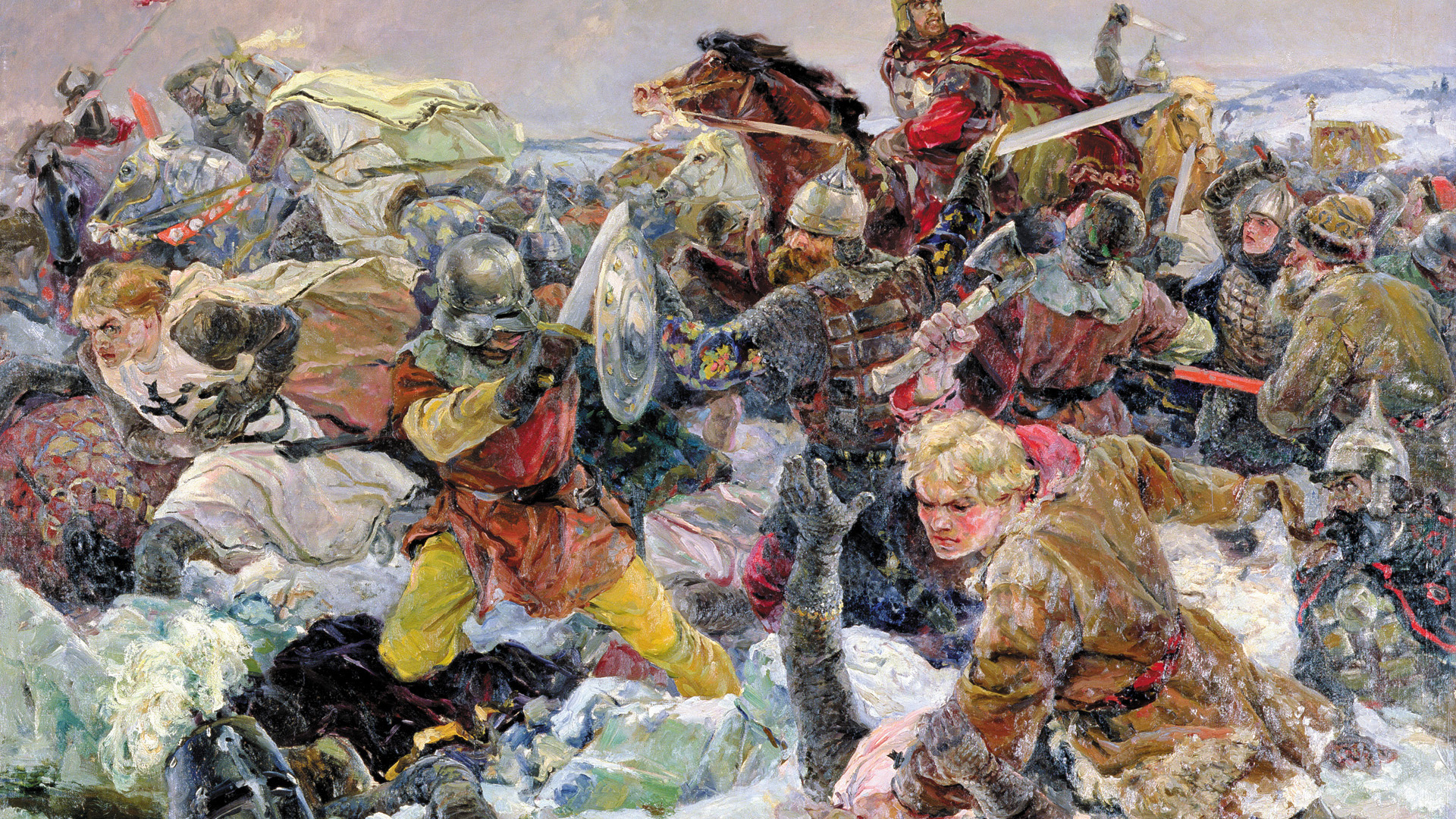
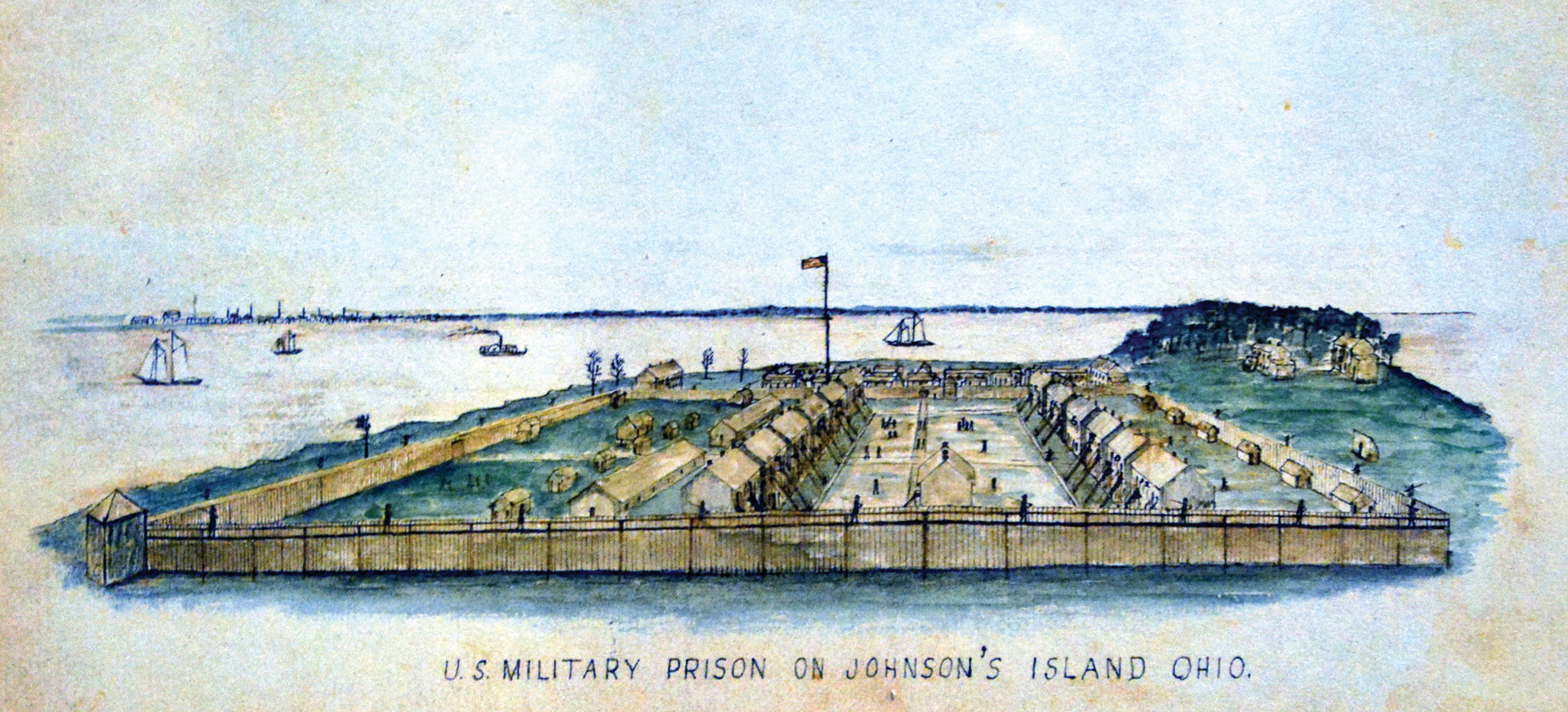
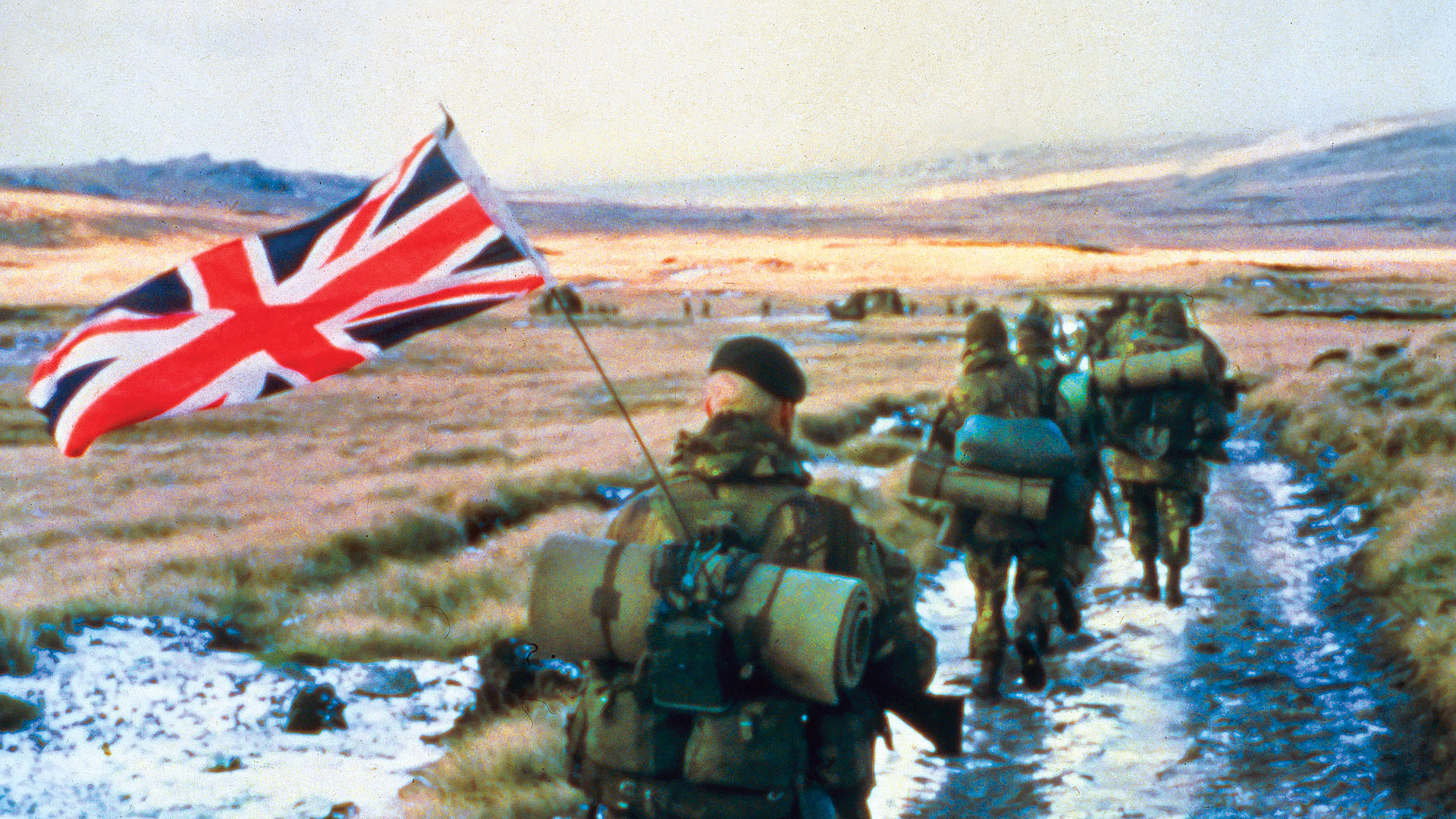
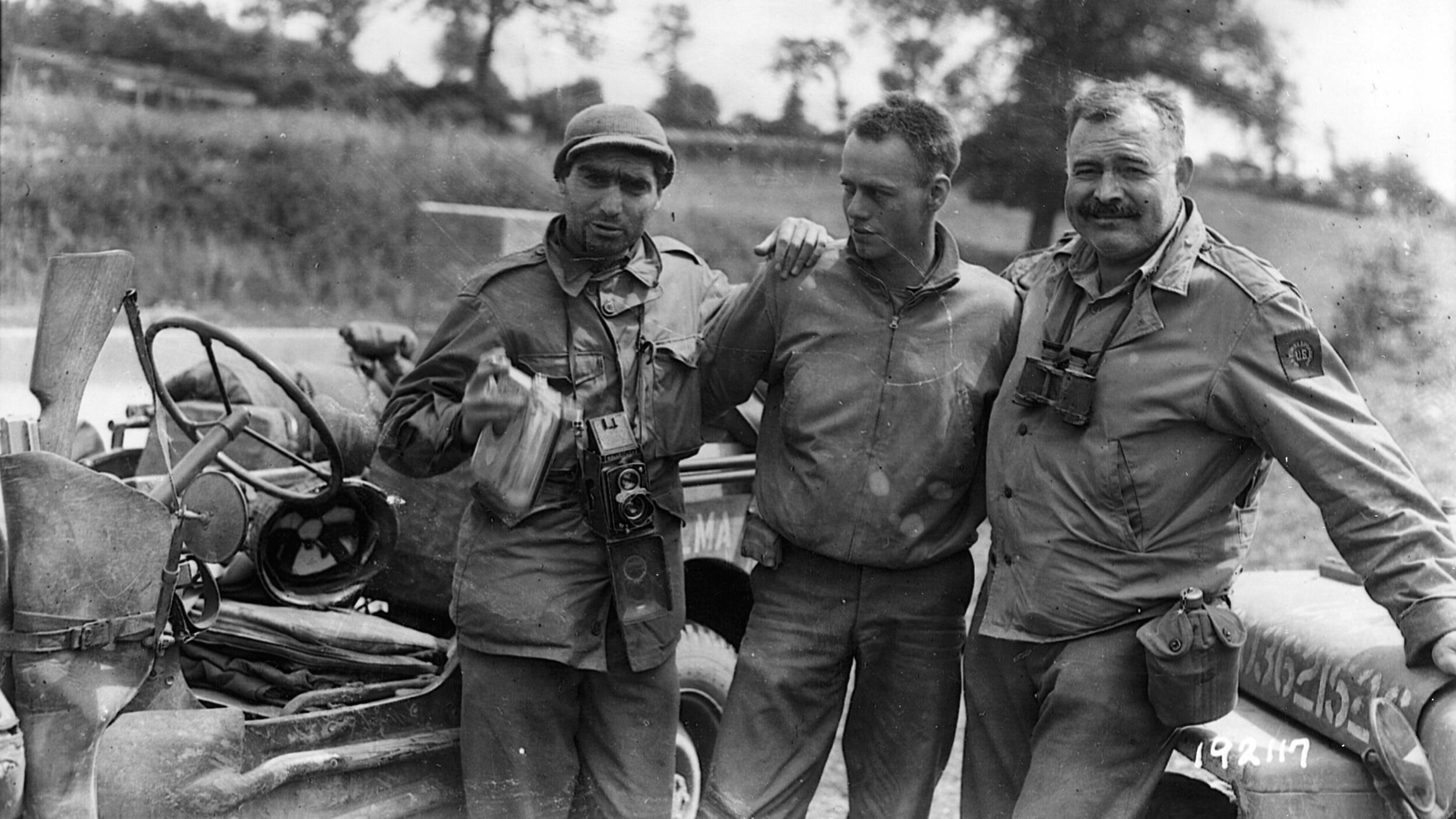

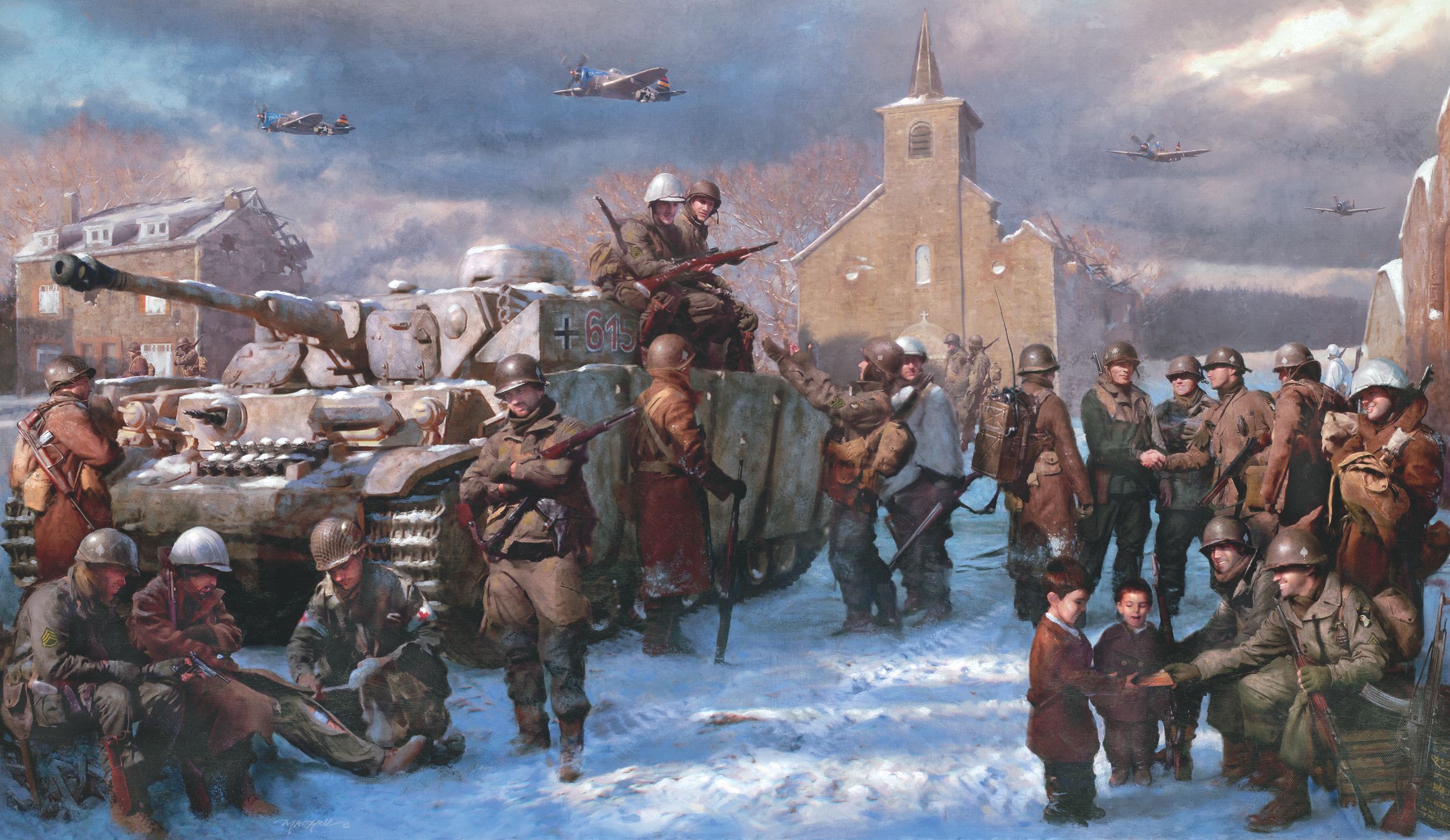
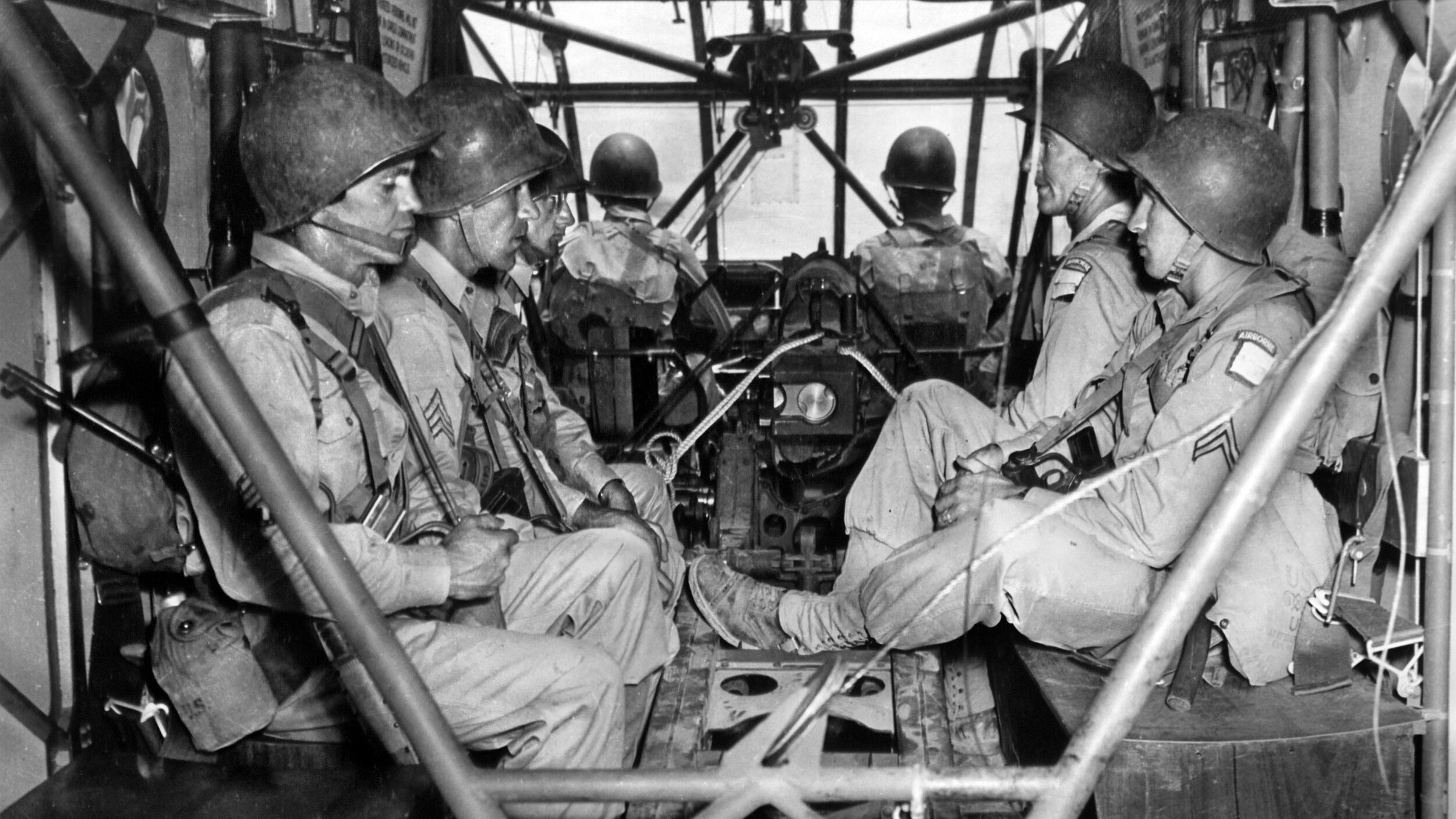
Join The Conversation
Comments
View All Comments